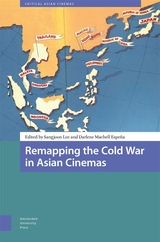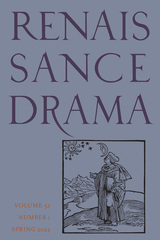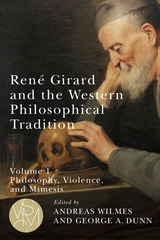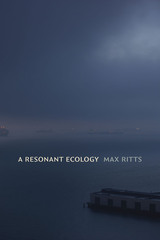2 books about Nomads in literature
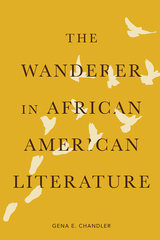
The Wanderer in African American Literature
Gena E. Chandler-Smith
University of Tennessee Press, 2020
The Wanderer in African American Literature highlights an enduring feature of African American letters: “From the slave narrative to Afrofuturism, the literature is populated, driven, and emboldened by wanderers who know no bounds.” Gena E. Chandler argues that wanderers and the theme of wandering push the limits of narrative forms and challenge assumptions about the African American experience. The slave narratives of Olaudah Equiano and Harriet Jacobs echo eighteenth-and nineteenth-century literary traditions and chronicle journeys toward freedom and faith. Equiano traces his changing identity, integrating his native African culture with his adopted European one. Jacobs addresses the gender restrictions she faces as a slave and then a free woman whose progress in life remains uncertain and ongoing.La ngston Hughes and Nella Larsen chronicle real and imagined journeys during the Harlem Renaissance and the Great Migration. Hughes’s autobiography I Wonder as I Wander (1956) traces his global travels in the 1930s, highlighting his unique identity as a black American. Larsen’s novel Quicksand (1928) follows its biracial heroine as she travels throughout the United States and to Denmark while navigating matters of race and gender. The protagonist of Richard Wright’s The Outsider (1953) seeks individual freedom and a new identity but is “constrained within the boundaries of an American nation and a Western ideal that continuously views the black subject as outside and distinct from the modern project of advancement and freedom.” In James Baldwin’s Giovanni’s Room (1956), the white protagonist flees America for France yet cannot escape difficult questions about sexuality and race. Finally, John Edgar Wideman’s The Cattle Killing (1996) tells the story of two wanderers—an itinerant preacher spreading God’s word during the Great Awakening and a twentieth-century writer on a journey of self-discovery about his identity and vocation. The former experiences a crisis of his Christian faith, and the latter endures a crisis of faith in his literary abilities. Tying these diverse threads together, Chandler demonstrates the power of the black narrative to assimilate and redeploy the literary trope of wanderlust, exchanging its premise of rootless drifting for something altogether more mobilizing.
[more]
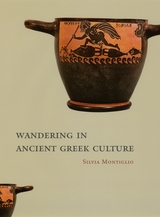
Wandering in Ancient Greek Culture
Silvia Montiglio
University of Chicago Press, 2005
From the Archaic period to the Greco-Roman age, the figure of the wanderer held great significance in ancient Greece. In the first comprehensive study devoted to this theme, Wandering in Ancient Greek Culture unearths the many meanings attached to this practice over the centuries. Employing a broad range of literary and philosophical texts, Silvia Montiglio demonstrates how wandering has been conceptualized from Homer's Odysseus—the hero "who wandered much"—in the eighth century BCE to pagan sages of the early Roman Empire such as Saint John the Baptist in the first century AD.
Attitudes toward wandering have evolved in accordance with cultural perspectives, causing some characterizations to persist while others have faded. For instance, the status of wanderers in Greek societies varied from outcasts and madmen to sages, who were recognized as mystical, even divine. Examining the act of wandering through many lenses, Wandering in Ancient Greek Culture shows how the transformation of the wanderer coincided with new perceptions of the world and of travel and invites us to consider its definition and import today.
Attitudes toward wandering have evolved in accordance with cultural perspectives, causing some characterizations to persist while others have faded. For instance, the status of wanderers in Greek societies varied from outcasts and madmen to sages, who were recognized as mystical, even divine. Examining the act of wandering through many lenses, Wandering in Ancient Greek Culture shows how the transformation of the wanderer coincided with new perceptions of the world and of travel and invites us to consider its definition and import today.
[more]
READERS
Browse our collection.
PUBLISHERS
See BiblioVault's publisher services.
STUDENT SERVICES
Files for college accessibility offices.
UChicago Accessibility Resources
home | accessibility | search | about | contact us
BiblioVault ® 2001 - 2024
The University of Chicago Press


